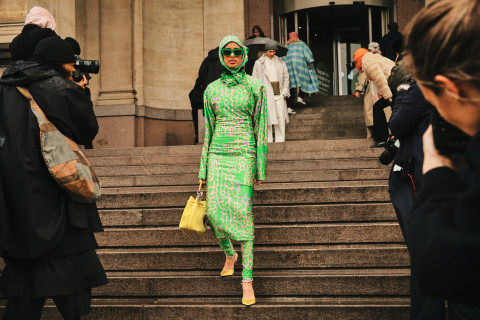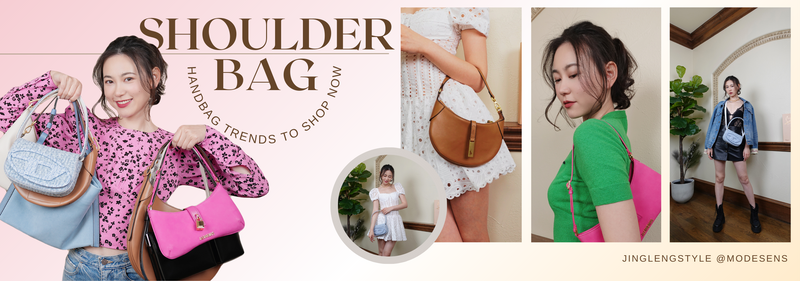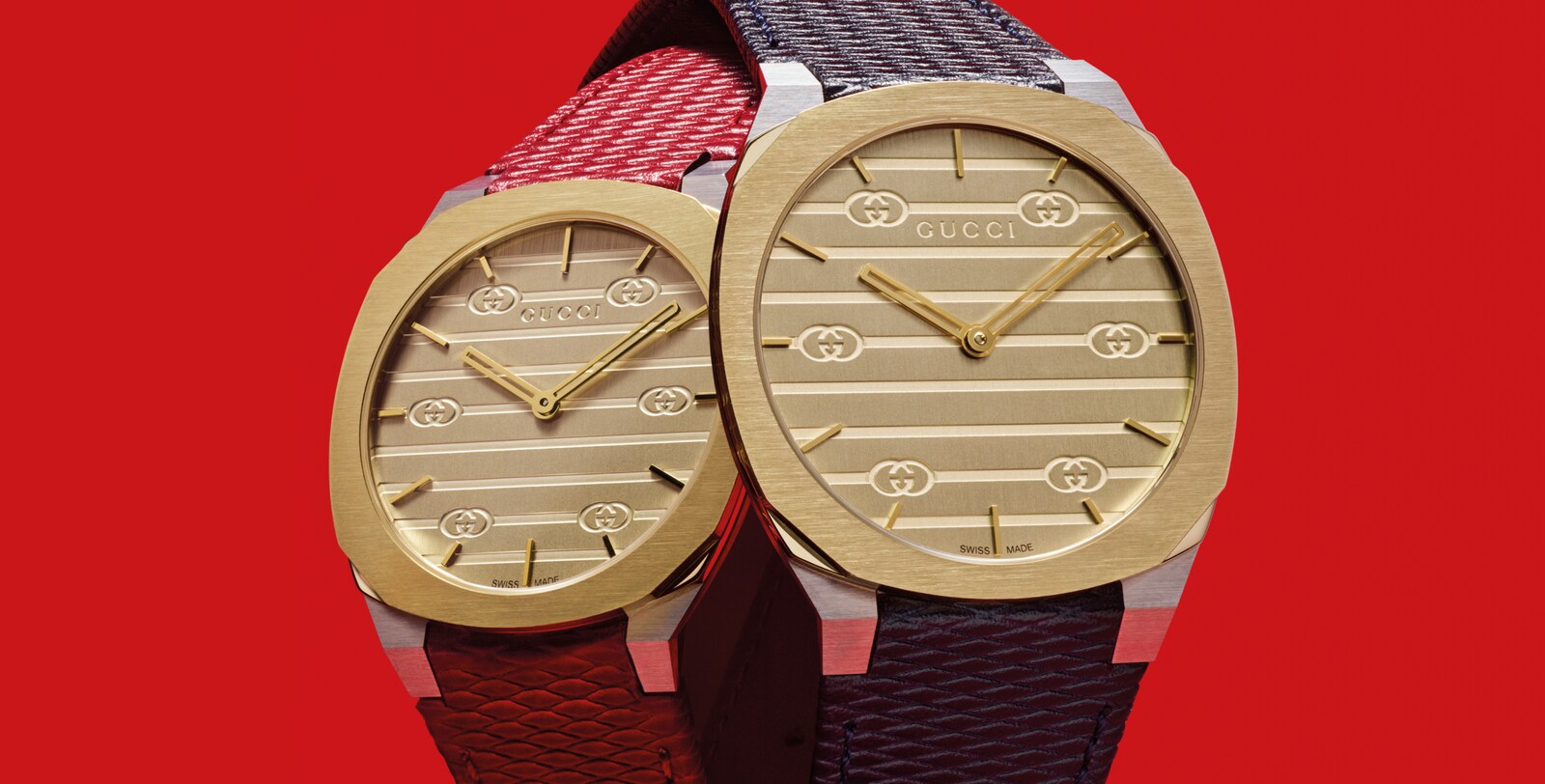Street Style Is Changing—Can Fashion Keep Up?
Simbarashe Cha documents fashion week and style on the street for . He’s got some thoughts.

Since the daguerreotype, we’ve been photographing strangers in public places. Like many of the figures associated with modern street style—Scott Schuman, Phil Oh, Tommy Ton—Simbarashe Cha started a blog where he honed his craft before taking on larger assignments with brands and publications. Since 2020 he's worked as a contributor to , covering the various fashion weeks and documenting the city’s ever-changing moods. In this way, he works in the tradition of Bill Cunningham, the legendary photographer who for decades supplied the with dispatches from Manhattan’s sidewalks and parties. Cunningham looms large, and though Cha reveres the man he’s also aware of their points of contrast. “I come from a different social class, and the things that speak to me are a little bit different,” he says. “That means that not everybody I photograph is going to be wearing $5,000 worth of clothes.” Cha will photograph the ladies of the Upper East Side, but in a fundamentally different way Bill made his moves in Midtown. “I like downtown,” Cha says.

Earbuds in, Cha listens to music when he moves through the city. But he never sets them to noise-canceling mode—it wouldn’t be safe, he says. When he discusses his work—meeting people with his camera to capture the truth of the encounter as best he can—it’s a genuine surprise that he allows the private pleasure of piped-in tunes to intrude on his expeditions at all. But he’s a self-described child of MTV and music seems integral to his practice. For a while he even made music, by himself and in bands, while he worked a day job in finance. Now he photographs and writes about how people dress around the world.In the time since the COVID lockdown, Cha has seen the energy in New York shift. He’s got a theory about trend cycles and TikTok—more on that later—but he’s clocked a substantial change in the atmosphere that he shares here, along with other observations about the fashion week ecosystem. Compared to his first jaunt in 2012, the game is not the same today. But no nostalgia here. As soon as the interview wrapped, he went outside, into Soho, to take photos. He was excited.


You’ve lived a number of lives before you came to work with the . How did you get there?How is the protest work in conversation with the street style stories?
Early on, when I was shooting for my blog, I photographed a woman on the street, who told me that I reminded her of Bill Cunningham. I did’t know who that was. And she told me to go and watch his documentary—this is in 2012—and at the conclusion of watching that documentary, I had two revelations. One was that I couldn’t believe that the thing that I did for a hobby, people did that for a living. And then my other thought was that Bill was quite old, and so if Bill ever retired, my goal was to be in their consideration [for his job]. I just wanted to be good enough to where if they ever looked for another photographer to do what he did that I would be on their shortlist. Unfortunately, he passed away a few years later. And at that particular point my career had gone elsewhere, so I wasn’t thinking about the . And then during the COVID lockdown, I went out to shoot the protests and I was putting the photos in my Instagram stories. And on the third day that I went out, they called me and asked me if I’d be interested in covering the protests for them. And then it wasn’t until the following spring when I was asked to photograph a fashion show, and that was like my first fashion assignment.Anytime I take a photo outside, I’m only thinking about whether or not I have the ability to create an image that makes you feel what I felt in that moment to be there. I think that’s one of the things that really separates my body of work from a lot of my peers. Never thinking that in this moment, I’m shooting street style, or I’m just shooting documentary. I’m only thinking about the environment and if I have the ability to accurately capture the energy of what’s going on in that moment of time.

Walk me through the process of putting together a style story for the .
I’ll photograph over the course of a day, or a week. In the case of the spring style story, it was a few days over the course of a few weeks, because we had a lot of rain. When I’m finished, I will have maybe about 100 images to choose from—I keep very few photos. Then I’ll narrow that down to like 40 or 45 and then send them to my photo editor Christy Harmon with like one or two notes, and the notes are basically, “here’s a couple of trends that I’m seeing that I’m thinking about writing about.” Or, on a more challenging day or week, “I don’t know what it is that I’m looking at, can you help me?” She does a really great job of putting a draft together. Then I might suggest one or two things to change—that’s how good she is. That exchange will give me the ideas for what I’m gonna write about, and then I write it. Then we sequence the images, how they’re gonna show up either on the website or in print, and then I’ll work with my copy editor Tony Rotunno on my captions.


What’s the value of documenting trends in a specific place during a specific time?Do you remember your first fashion week?
When I first started walking around New York City, I realized that I was spotting trends without consciously spotting trends. New York City basically functions on a natural trend cycle that’s about three weeks long. The people who are ahead of fashion will buy a thing, and then over the course of the weekend, their circle will try to figure out where to get stuff like that. By the end of that week, people on the subway will see it, try to find it. And then by that third week, it’s in H&M and Zara, and the original people aren’t wearing it anymore. TikTok has sort of disrupted the course of those three weeks, but manufacturing still has to happen at a particular pace, whether it’s fast fashion or sustainable fashion—those timelines don’t really change. [With TikTok], it’s just that instead of there being like three weeks where it’s all about blue hats, it’s like a week and a half of the blue hats and then if Kendall Jenner comes out and wears a pink hat, then we got pink hats. So that cycle of blue hats has been interrupted, but it was still always going to be the three-week cycle for blue hats.My job is tricky, because I think what readers are looking for are cues about trends and what it is that they should be wearing. But I’m not that kind of photographer and I don’t have that kind of interest in fashion. What I’m always interested in is the experience. And if you can’t come to London or to Milan or Paris or to New York for Fashion Week, I want to be able to express to you what the scene is like, and the easiest way to express that is through images. And being able to see what people are wearing is a byproduct of that.My first fashion week was February 2012, at Lincoln Center. I bought a zoom lens for my camera for the occasion. Didn’t know how to use it. I was walking up the steps, and the person walking down the steps was Solange. I took a photo and I was like, this is going to be great. But then the rest of the photos that I took for the weekend were not great, they were terrible. I had this goal that I was going there to get better. But I really enjoyed the atmosphere of just being around a lot of people. So I ended up spending that spring and summer walking every single day around New York City, taking portraits of people with the sole focus that I would be at the top of my game when I went back to fashion week, and then that September I did New York, London, and Paris. That was still before social media and Instagram and Snapchat took it all over. You could still walk around with your camera and photograph anybody that was outside. There were no mobs, no velvet ropes except to get into the show. There were no influencers. There were a couple of supermodels, but there weren’t enough photographers to overwhelm those people. So, if you saw Karlie Kloss or another A-list celebrity walking out of a show, they might have a security person with them. But you could take a photo—it wasn’t chaos. No fuss, no harassment. Just taking these beautiful images of anybody and everybody. And that was such a pure experience in my mind that has never been topped.

What changes have you observed in how New York dresses?
The seismic change was COVID. The way that New York dresses now versus the way that you read trust before COVID is, there are some things that are fundamentally different for sure.The trend cycles are still in place. When most people think about trends, I think they’re thinking like, people are dressing ’90s, or people are dressing ’70s. But when I think about trends, a trend could be a single belt. It doesn’t have to be an entire ensemble. I think the micro part of trends endures and will always endure.But you go down to Washington Square Park, and Washington Square Park was never this busy before COVID. It only became busy because that became like a lamppost for young people to be able to collectively defy the police. Before smoking marijuana was legal in New York City, you could go to Washington Square Park to smoke marijuana because if everybody had marijuana the police couldn’t arrest everybody. Out of that mindset grew a community of more alternative young people. New York has always been a city where people have been able to take risks. There are maybe three places in America where you can take risks: New York, San Francisco, maybe New Orleans. Ever since lockdown and the protests, we’ve had so many social things just break wide open. Issues of gender conformity, and binary and nonbinary—these parts of social construct that existed before, but did not exist with such fervor. For me, I think the Trans Day protest that happened that summer [in 2020], where like 10,000 people showed up in front of Brooklyn Museum—that changed a lot of things socially, for New York. There was a social awakening that happened because of that, and it feels different. I wouldn’t say that New York feels safer, but I think that people feel safer in the way that they express themselves—in all manners of fashion, and all different sorts of social classes. People have returned to the office—white collar offices—not having to dress so formally anymore. Even from that level all the way down to what’s happening at Washington Square Park. But Washington Square Park is, to me, the place where it’s most apparent that things have changed.



